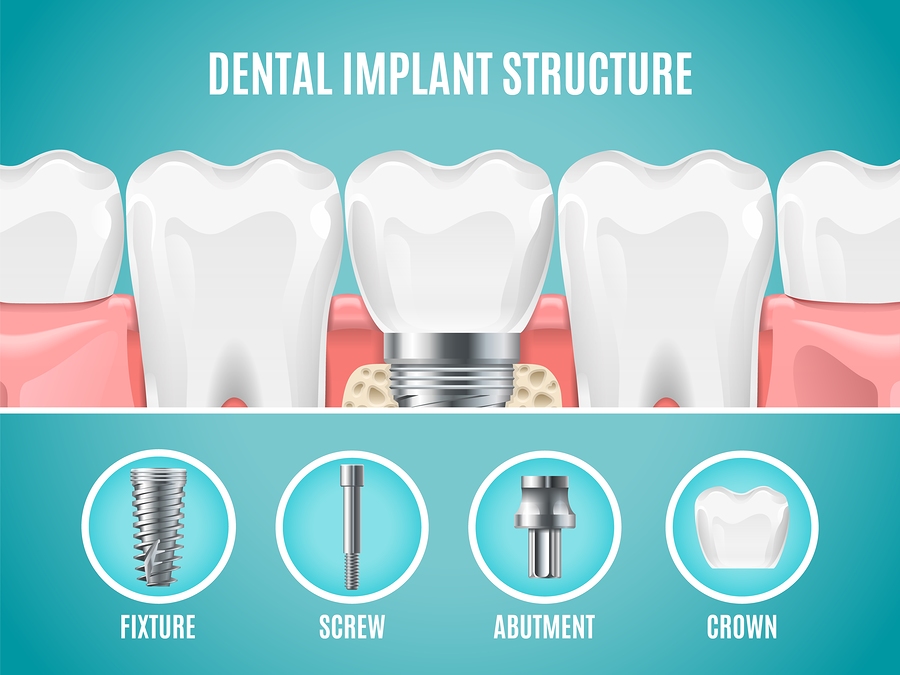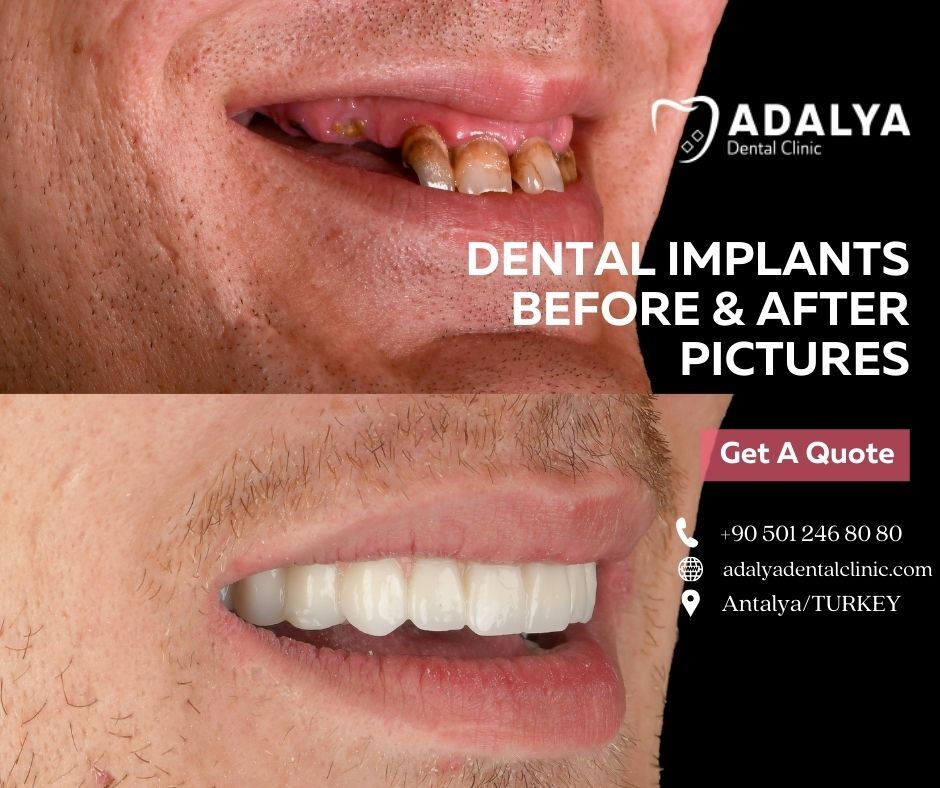Dental Sense Fundamentals Explained
Dental Sense - An Overview
Table of ContentsThe Ultimate Guide To Dental SenseOur Dental Sense IdeasDental Sense Things To Know Before You Buy4 Simple Techniques For Dental Sense
are clinical tools operatively dental implanted right into the jaw to recover a person's capacity to chew or their appearance. They give support for man-made (fake) teeth, such as crowns, bridges, or dentures. When a tooth is shed due to injury or illness, an individual can experience difficulties such as rapid bone loss, faulty speech, or changes to chewing patterns that cause pain.Dental implant systems include an oral implant body and oral implant abutment and might additionally include an abutment fixation screw. Dental implant vs bridge. The dental implant body is surgically inserted in the jawbone in location of the tooth's root. The oral implant joint is normally connected to the implant body by the abutment fixation screw and expands via gums right into the mouth to sustain the affixed synthetic teeth
(https://trello.com/w/dentalsense11/members)Structure of The Oral Implant System selecting oral implants, speak to your dental service provider about the possible benefits and risks, and whether you are a prospect for the treatment. Things to take into consideration: Your total wellness is a vital factor in figuring out whether you are a great prospect for oral implants, how long it will take to recover, and how much time the dental implant may remain in area.
Smoking might impact the recovery process and lower the lasting success of the implant. The recovery procedure for the dental implant body may take a number of months or longer, during which time you commonly have a short-lived joint in place of the tooth. the dental implant treatment: Meticulously adhere to the dental hygiene instructions given to you by your oral provider.
Dental Sense Fundamentals Explained
Implant failure can cause the need for an additional surgery to take care of or change the dental implant system. Restores the capability to eat Recovers cosmetic appearance Aids maintain the jawbone from diminishing as a result of bone loss Protects the health of the bordering bone and gum tissues Assists maintain nearby (neighboring) teeth stable Enhances lifestyle Damages to surrounding all-natural teeth during implant placement Injury to the surrounding tissues throughout surgical treatment, such as sinus opening Injury during surgery (for instance, fracture of bordering jawbone) Insufficient feature, such as seeming like the teeth do not bite with each other generally A feeling that the tooth is loosened or twisting in area resulting from an abutment screw loosening Implant body failure (looseness of the implant body) due to systemic infection, which may be more probable in people with uncontrolled diabetes mellitus due to regional infection in bone and periodontals sustaining the dental implant body as a result of postponed healing, which may be extra likely in clients that smoke Difficulty cleaning up the gum tissues around the dental implant, causing poor dental hygiene Without treatment gum condition Post-surgical tingling due to nerve impingement or damage Constantly alert healthcare suppliers and imaging professionals that you have dental implants prior to any magnetic resonance imaging (MRI) or x-ray treatments.
FDA is not knowledgeable about any kind of unfavorable occasions reported for MRI or x-ray procedures with oral implants. Oral implants systems are usually made from materials that adhere to global consensus requirements of the International Organization for Standardization (ISO) or ASTM International. These standards have information of what makes a risk-free product.

An oral implant is a framework that replaces a missing out on tooth. With screw-like gadgets, the specialist inserts a dental implant into the jawbone, and it serves as an anchor for a man-made tooth, called a crown. A tool called an abutment attaches the fabricated tooth to the oral implant. The crown is customized to fit the individual's mouth and match the shade of their teeth.
Top Guidelines Of Dental Sense
Some people are not qualified for oral implant surgical procedure. It is for dental cosmetic surgeons to operate on people with: acute illnessuncontrollable metabolic diseasebone or soft cells disease or infectionIf these issues are solved, an individual can have the surgery. In, dental specialists avoid operating on people with: If individuals with any of the above undergo oral implant surgical treatment, there is a higher danger of the implant falling short.

Dental dental implant surgery is an individualized procedure. Give you time to heal. Connect the blog post and last crown, bridge or denture.
Next, your specialist will very carefully place the oral implant into your jaw. Finally, your specialist will reposition your gums and shut the incision with stitches. If your implant is near the front of your mouth, navigate to this website your dentist will certainly make a short-lived tooth for you to put on till you heal. That way, you won't have a void in your smile while you recoup.
Not known Factual Statements About Dental Sense
Your company can tell you what to expect in your scenario. Throughout the healing stage, your jawbone must fuse to the dental implant. This process, called osseointegration, is crucial for security and long-term success. This process can take anywhere from 3 to nine months. In many cases, it might take much longer.
As soon as your dental implant heals, your dentist can affix the abutment (small connector post) and your final remediation (crown, bridge or denture). This usually takes about one hour to complete and might require a second small surgical procedure. You should not really feel any kind of pain during your oral implant treatment since your supplier will certainly make use of medication to numb your periodontals.